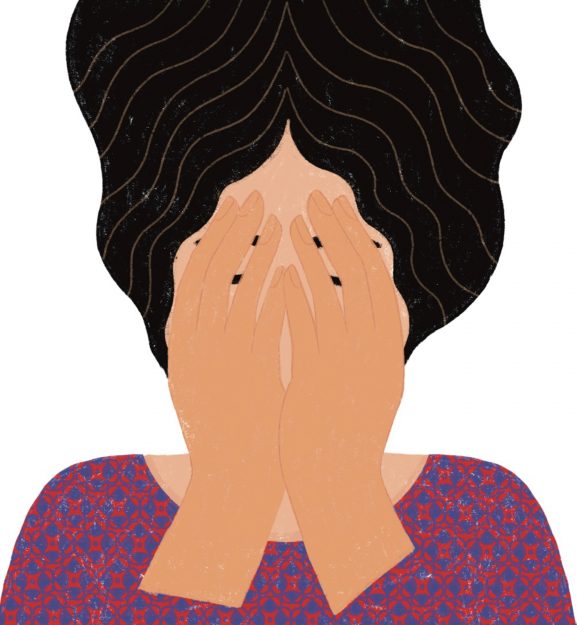“But I just can’t sit still!” This is the most common argument new meditators make to explain their aversion to practice. Yet restlessness (Pali: uddhacca; Skt.: auddhatya), as one half of the fourth hindrance we encounter in meditation and life—the other half being worry (Pali: kukkucca; Skt.: kaukritya)—is an obstacle that can stop all of us regardless of our level of experience. Restlessness is the body that won’t settle; worry is the agitation that blocks our awareness.
The Buddha said that uddhacca-kukkucca is like windswept water in a pot whose waves prevent us from seeing our own reflection. He also said that all five of the hindrances are self-fulfilling “makers of blindness.” In this case, agitation begets agitation, worry feeds on worry, and together they impede our clear seeing. It may seem obvious, then, but the main antidote to uddhacca-kukkucca is awareness itself. Simply noticing when we’re worried or restless takes the edge off this hindrance—as does stillness. By letting ourselves get quiet enough to see that we’re the ones stirring the water with our thoughts, we can practice not stirring it. If we don’t roil the water with our mind, and if we remain unmoving for a little while, then naturally both body and mind will settle—just like water on a windless day.
- “We should cultivate a friendlier relationship toward our worrying mind, rather than making an enemy of it. The nonjudgmental quality of mindfulness practice allows us to open to painful mind states such as anxiety without rejecting these energies or rushing in to try to fix them.” –Michael Liebenson Grady

- Tip: The hindrances are conditioned—not inherent—qualities of mind, which means they need fuel to keep themselves going.
 Usethe image of still water to counter your agitation, reminding yourself that body and mind, left to themselves, want to settle.
Usethe image of still water to counter your agitation, reminding yourself that body and mind, left to themselves, want to settle. - “Develop contentment with whatever you have—the present moment, the silence, the breath. So if you ever see restlessness in your mind, remember the word contentment.” –Ajahn Brahmavamso
- Tip: Restlessness and worry are both manifestations of our discontent. Unable or unwilling to be present in the moment, we project into some better, future state or time. As an antidote, we can nurture joy in and acceptance of this moment—the only one we truly have.
- “Calming and stilling are the willingness to commit to just being wholeheartedly present in one moment at a time, to commit to one breath, to commit to the sense of our feet touching the ground.” –Christina Feldman
♦
This is the fourth installment of our series on the five hindrances—sensual desire, ill will, sloth/torpor, anxiousness, and doubt—and their respective antidotes. A printable version is available here.